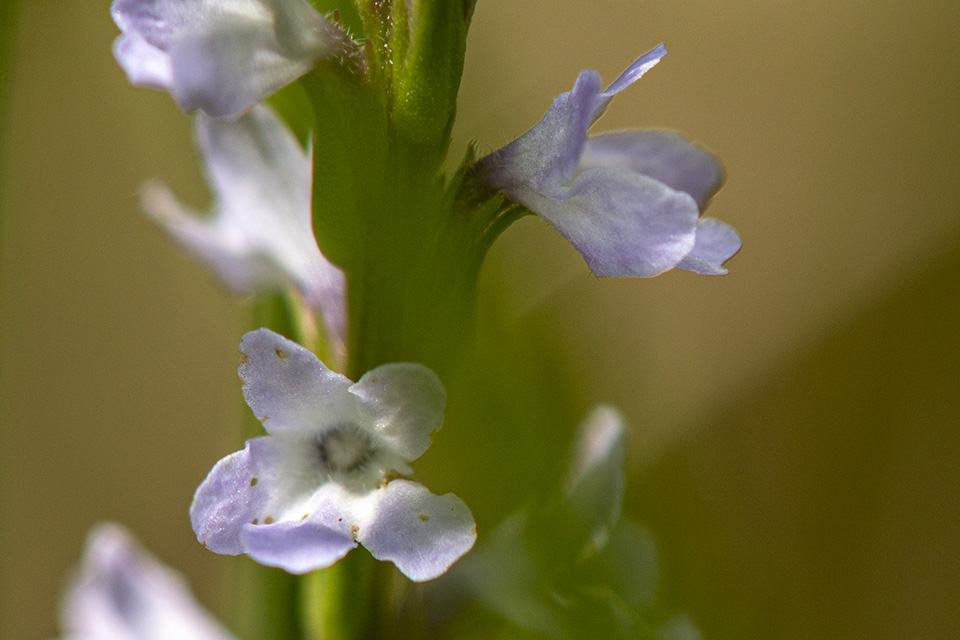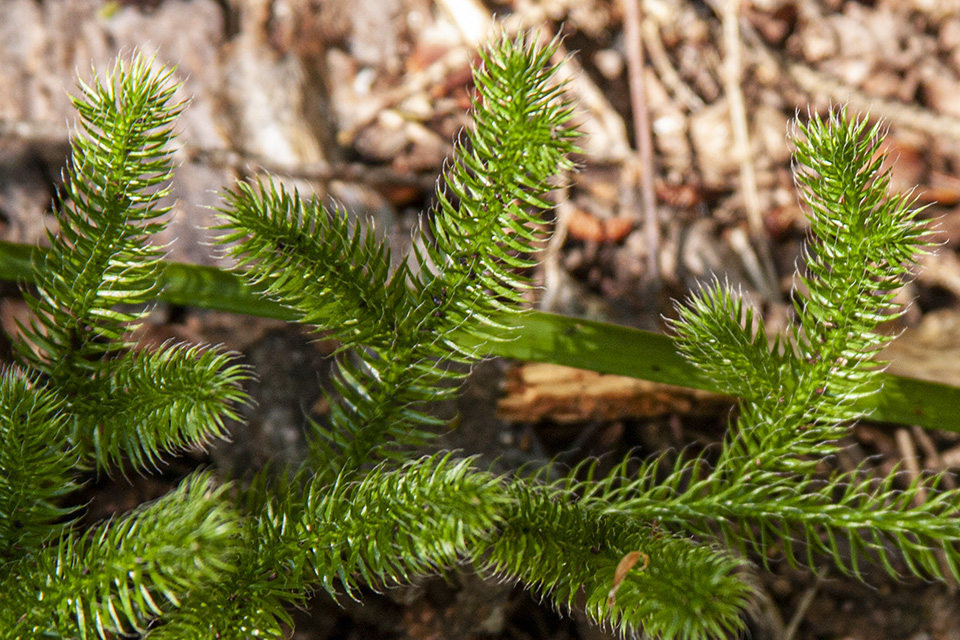
Narrow-leaved vervain (Verbena simplex) is a 4″ to 27½″ tall, erect, perennial forb. It grows in full sun in moderately dry to dry soil in upland prairies, hill prairies and old fields; on roadsides and railroad rights-of-way; and in other open, disturbed areas. It occurs in the United States from New Hampshire to Minnesota south to Texas and Florida, and in adjacent Canadian provinces. In Minnesota, where it is at the northwestern extent of its range, it has been recorded in only five counties. In two of those counties, the records are historical, and it is now presumed to be locally extinct (extirpated). It is listed as a special concern species in both Minnesota and Wisconsin.
Narrow-leaved vervain has one or more stems, narrow leaves, and a spiked inflorescence. The flowers are lavender or purple to white, or white tinged with blue, rarely white. Compared with the other three species of vervain found in Minnesota, narrow-leaved vervain is much rarer, is a much smaller plant, and has much narrower leaves.
http://www.minnesotaseasons.com/Plants/narrow-leaved_vervain.html






